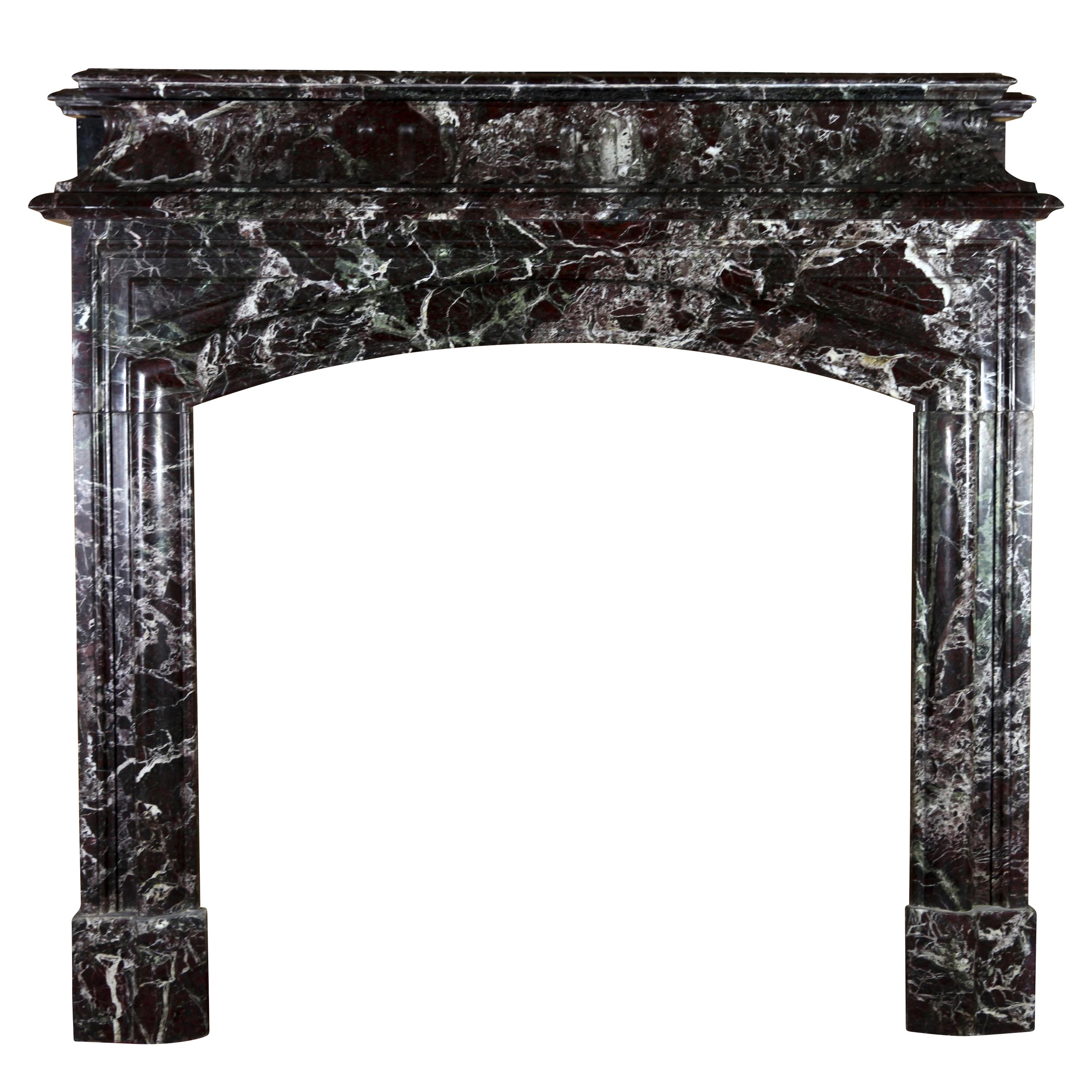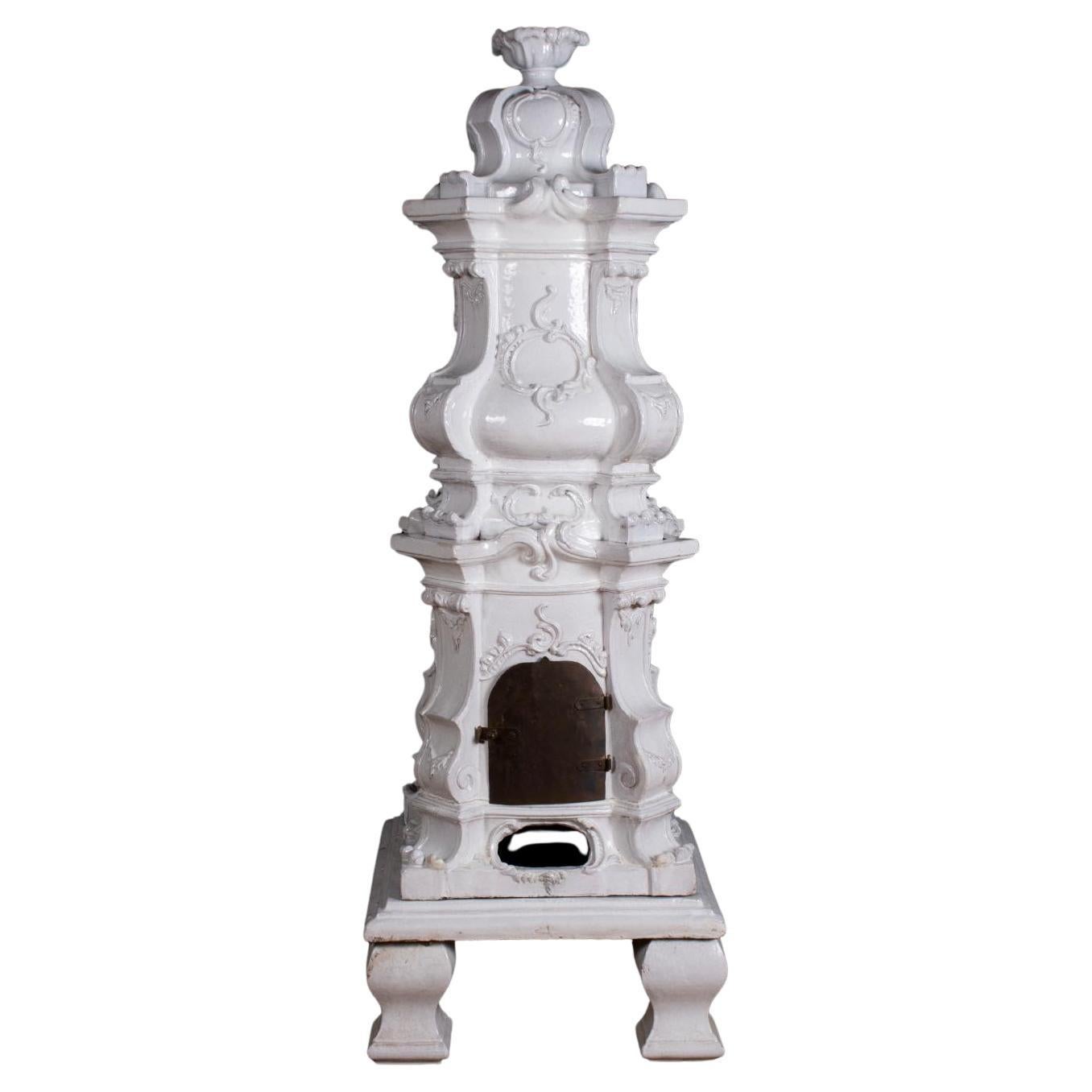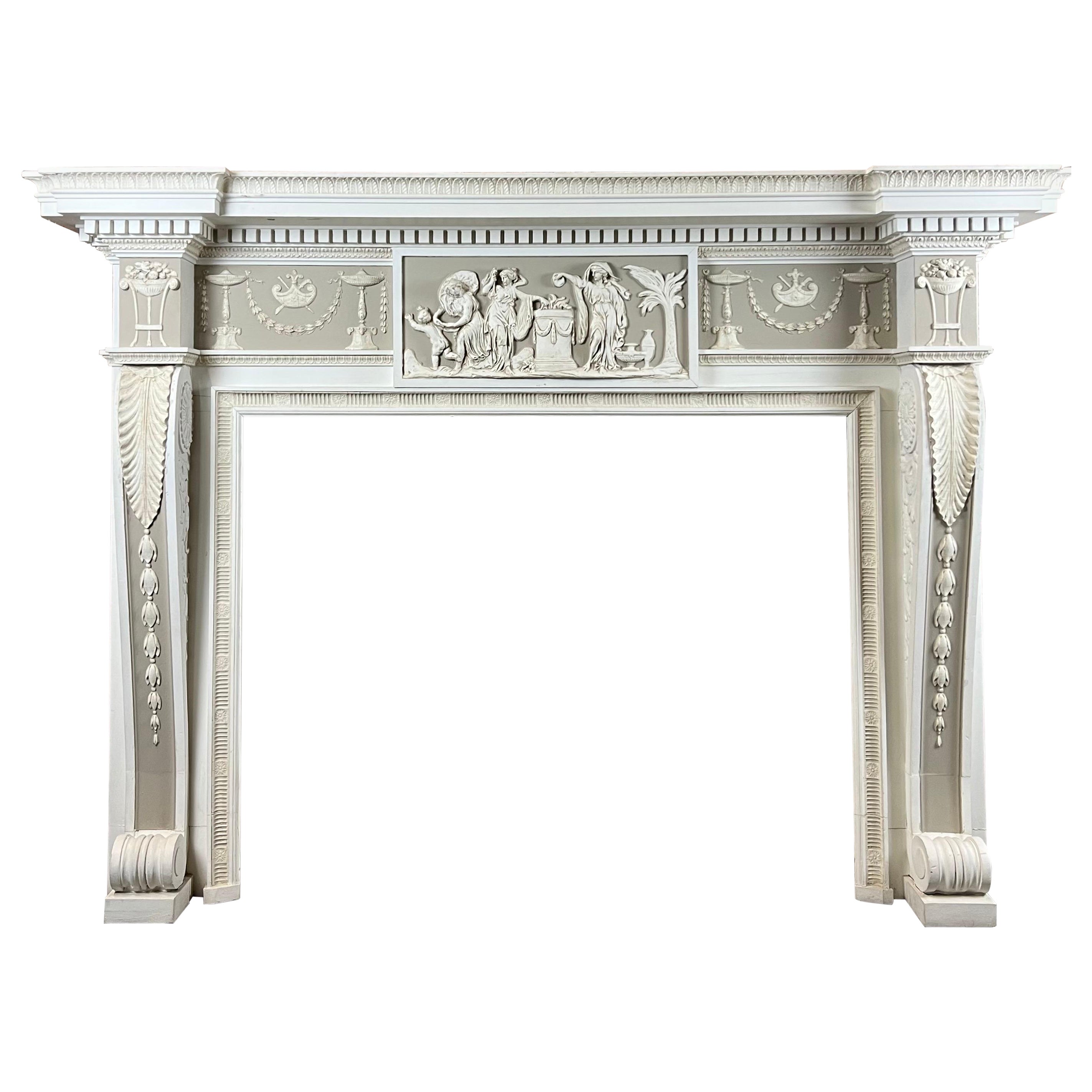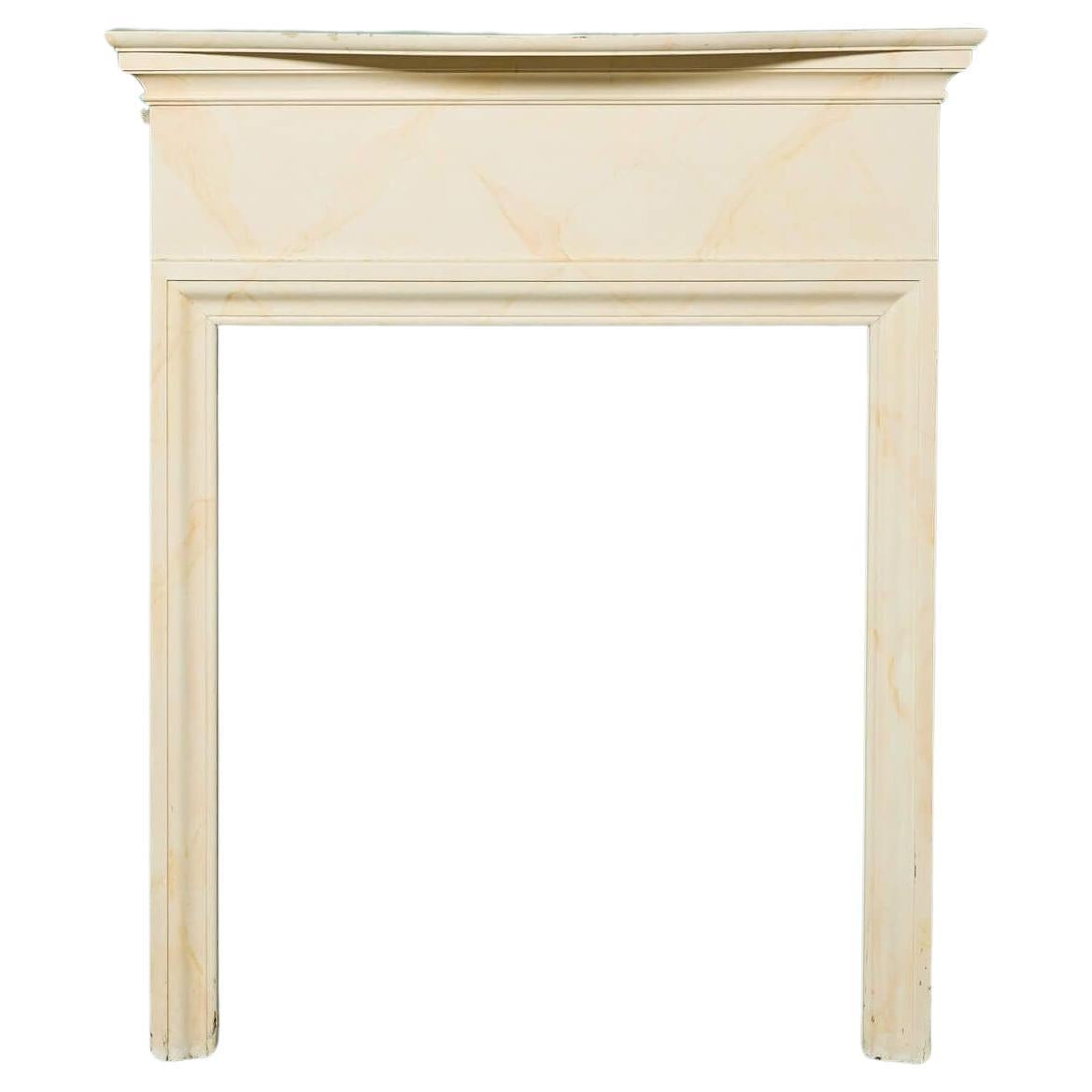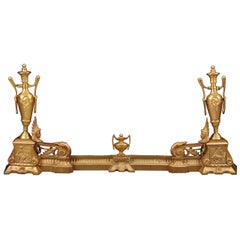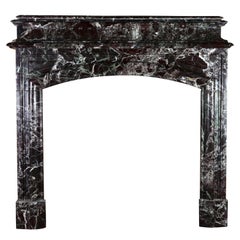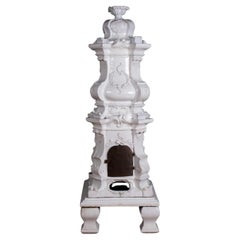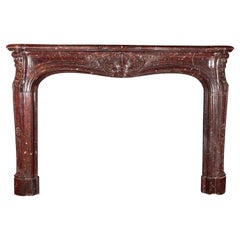Items Similar to 19th century Austrian Promberger & Son hand painted grand piano
Want more images or videos?
Request additional images or videos from the seller
1 of 14
19th century Austrian Promberger & Son hand painted grand piano
On Hold
$98,500
On Hold
£75,041.95
On Hold
€86,526.37
On Hold
CA$137,848.76
On Hold
A$154,023.02
On Hold
CHF 80,571.11
On Hold
MX$1,888,815.91
On Hold
NOK 1,029,545.93
On Hold
SEK 976,282.26
On Hold
DKK 645,792.73
Shipping
Retrieving quote...The 1stDibs Promise:
Authenticity Guarantee,
Money-Back Guarantee,
24-Hour Cancellation
About the Item
A magnificent antique Austrian baby Grand piano by Promberger & Son. The hinged serpentine top and the case sides later decorated overall with 18th century style paintings in the manner of Francois Boucher. with pierced music stand and lyre-form pedal, on three tapering legs, on castors.
The soundboard stencilled: J. PROMBERGER & SOHN, WIEN, VII B. Neubau Hermaungrasse 25 I Stock. Opus No. 2196
Dimensions (with lid closed):
Length: 72" (182.8 cm)
Width: 58: (147.3 cm)
Height: 37" (93.9 cm)
Piano maker and inventor Johann Joseph Promberger Sen. (b. 1779 in Kuffulk, Tirol, d. 1834 in Vienna) started out studying carpentry and piano-making with Matthias Müller in Vienna. In 1811 he became a master craftsman, obtained citizenship of the city, and took over Michael Schweighofer's piano company by marrying his widow, Anna. From that moment on, the company became known as Schweighofer und Promberger. Promberger experimented with the aim of building a grand piano whose sound would resemble that of the cello. He also invented a portable keyboard chime-bells for military bands. In 1824 he obtained a patent for a new system of fitting strings and a metal sound board in a piano. In 1824 he built the Sirenion, a 125-centimetre-high upright piano with double stringing and a 'mobile' sound board, which was unveiled to the public in 1825 by his son Johann (b. 1810, pianist, student of F. Ries and C. Czerny; in 1837 he played a series of concerts in Warsaw on a grand piano built by F. Buchholtz). In 1828 Promberger and his son showcased the Sirenion as part of a tour of Prague, Dresden, Leipzig, and Berlin, receiving positive feedback. In 1829 he built its smaller version, measuring 114 cm, fitted with triple stringing. In 1832 he retired, leaving the workshop to his son Joseph. The Andrzej Szwalbe Collection in Ostromecko near Bydgoszcz owns one of the few surviving Sirenions, made c. 1825 (serial no. 14), fitted with the original action and thin aliquot strings accompanying FC bass strings-
François Boucher 29 September 1703 – 30 May 1770) was a French painter, draughtsman and etcher, who worked in the Rococo style. Boucher is known for his idyllic and voluptuous paintings on classical themes, decorative allegories, and pastoral scenes. He was perhaps the most celebrated painter and decorative artist of the 18th cen
- Creator:Johann Joseph Promberger (Maker)
- Dimensions:Height: 37 in (93.98 cm)Width: 58 in (147.32 cm)Depth: 72 in (182.88 cm)
- Materials and Techniques:
- Place of Origin:
- Period:
- Date of Manufacture:Circa 1870
- Condition:Additions or alterations made to the original: The painted decoration was added to the piano on a later date.
- Seller Location:Los Angeles, CA
- Reference Number:1stDibs: LU986231778992
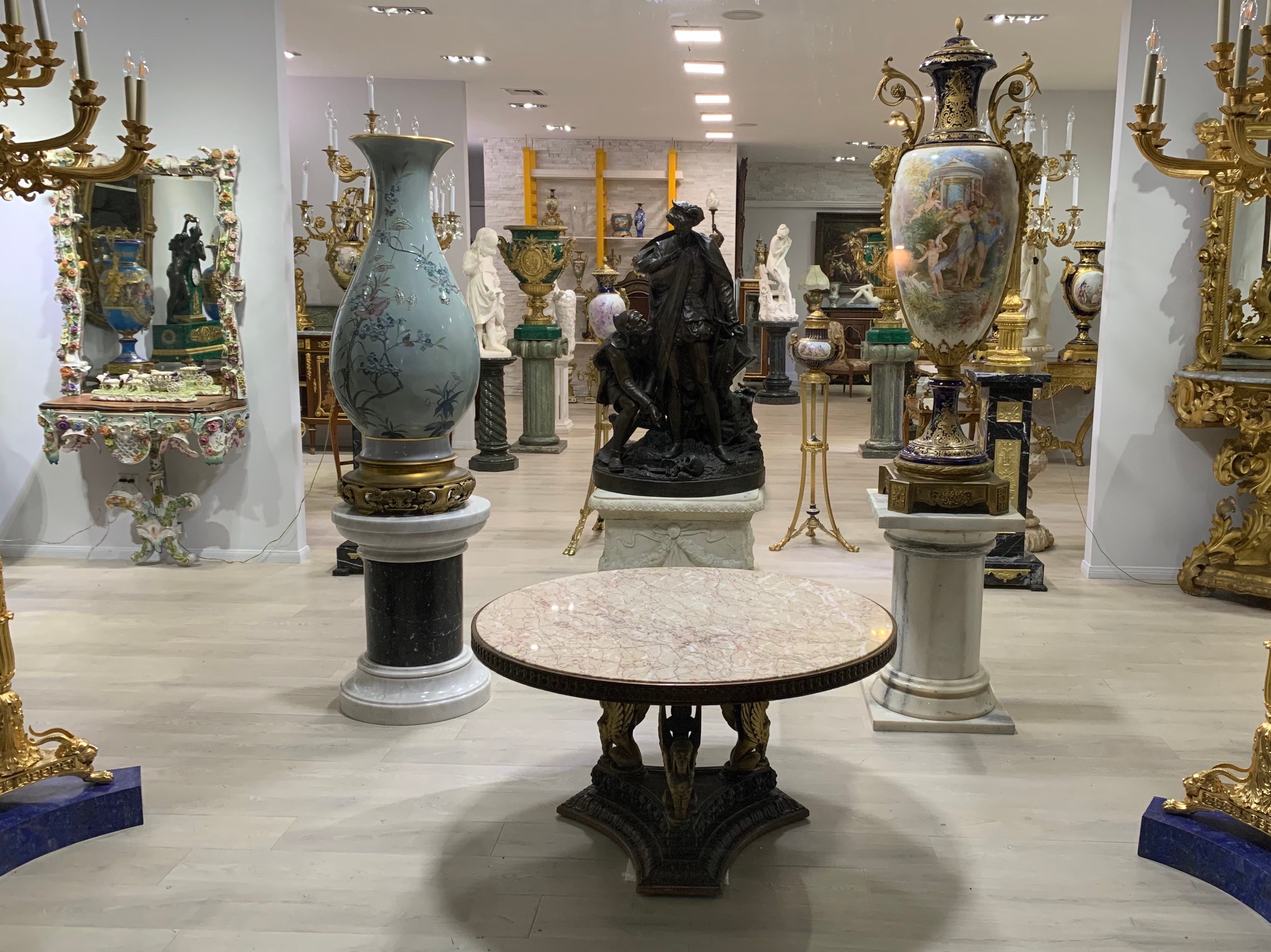
About the Seller
5.0
Vetted Professional Seller
Every seller passes strict standards for authenticity and reliability
Established in 1965
1stDibs seller since 2013
56 sales on 1stDibs
Typical response time: 1 hour
- ShippingRetrieving quote...Shipping from: Los Angeles, CA
- Return Policy
Authenticity Guarantee
In the unlikely event there’s an issue with an item’s authenticity, contact us within 1 year for a full refund. DetailsMoney-Back Guarantee
If your item is not as described, is damaged in transit, or does not arrive, contact us within 7 days for a full refund. Details24-Hour Cancellation
You have a 24-hour grace period in which to reconsider your purchase, with no questions asked.Vetted Professional Sellers
Our world-class sellers must adhere to strict standards for service and quality, maintaining the integrity of our listings.Price-Match Guarantee
If you find that a seller listed the same item for a lower price elsewhere, we’ll match it.Trusted Global Delivery
Our best-in-class carrier network provides specialized shipping options worldwide, including custom delivery.More From This Seller
View All19th Century French Louis XV Style Ormolu 3-Piece Chenets
Located in Los Angeles, CA
A fine 19th century French Louis XV style gilt bronze 3-piece chenets. Each Chenet with two handle urn form with a lady's mask.
Please note the width is adjustable.
Category
Antique Late 19th Century French Fireplaces and Mantels
Materials
Ormolu
A Fine 19th Century Hand-painted Sevres Porcelain Cabinet Plate & Saucer
Located in Los Angeles, CA
A Fine 19th Century Hand-painted Sevres Porcelain Cabinet Plate & Saucer
Circa 1770
Origin: France
Plate
Depth: 10"
Width: 10"
He...
Category
Antique 18th Century and Earlier French Porcelain
A Pair of 19th Century Vienna Hand Painted Porcelain Portrait Plates
Located in Los Angeles, CA
A Pair of 19th Century Vienna Hand Painted Porcelain Portrait Plates
Depicting Two Renaissance Women
Austria, Circa 1890
Unmarke...
Category
Antique Late 19th Century Austrian Porcelain
19th Century French Hand-Painted Sevres Style Turquoise Porcelain Vase
Located in Los Angeles, CA
A 19th century French Sevres style turquoise porcelain vase.
Front hand-painted with a romantic scene and the back with a landscape.
Hei...
Category
Antique 19th Century French Vases
19th Century Austrian Royal Vienna Porcelain Gueridon table
Located in Los Angeles, CA
A 19th century Austrian Royal Vienna Porcelain table.
The center hand-painted plaque depicting cupid getting pulled on a carriage by three nymphs. It su...
Category
Antique 19th Century Austrian Gueridon
Materials
Porcelain, Wood
A Very Fine 19th Century Austrian Royal Vienna Lidded Vase
Located in Los Angeles, CA
A Very Fine 19th Century Austrian Royal Vienna Lidded Vase
Titled: "Verschnrindene Illusionen"
Circa 1870
Origin: Austria
Height: ...
Category
Antique 19th Century Austrian Art Nouveau Porcelain
You May Also Like
19th Century Classic Vintage Grand Marble Fireplace Surround
Located in Beervelde, BE
This antique Louis XIV style fireplace chimney piece was made during the 19th century in a red, green marble from the south of France.
Measures:
150...
Category
Antique 19th Century French Louis XIV Fireplaces and Mantels
Materials
Marble
19th Century Austrian White Glazed Terracotta Kachelofen Stove
Located in Essex, MA
Austrian White Terracotta Tile Stove or Kachelofen. Mid 19th Century in Rococo Style. Multiple parts with iron loading door and vent. In good condition, only minor chips. In nine...
Category
Antique 19th Century Austrian Rococo Fireplaces and Mantels
Materials
Terracotta
19th Century Hand carved wooden Fireplace
Located in Southall, GB
A 19th Century intricately carved wooden fireplace. Featuring columned scrolled legs, central tablet with centralised pomegranate and foliage details either side.
Category
Antique 19th Century English Fireplaces and Mantels
Materials
Pine
French 19th Century Grand Salon Original Marble Fireplace Surround
Located in Beervelde, BE
This Museum quality original antique fireplace mantle in Rouge Griotte marble was installed in Grand interior in Paris. It is a Regency Rococo style from the 19th century. The front ...
Category
Antique 19th Century French Rococo Revival Fireplaces and Mantels
Materials
Griotte Marble
19th Century Timber Fireplace Mantlepiece - George Jackson and Sons. Ltd.
Located in London, GB
19th Century Timber Fireplace Mantlepiece George Jackson and Sons. Ltd.
A unique and rare large antique chimney piece made in wood with fine Carton-Pierre decoration, attributed and authenticated to and by George Jackson and Sons Ltd. London.
This large, proportioned design is shown as a bespoke variation from an original featured design in the Jackson's historical catalogue of 1834. The opening height and jambs being adapted to a client's own specifications at the time of manufacturing. Although dated as catalogue 1834, the style is late Georgian with very a strong Robert Adams influence.
The fireplace design consists of applied Carton-Pierre Acanthus Leaf pattern running across the front edge and sides of the shelf moulding above a run of dentil mouldings. This in turn is surmounting a glorious frieze of husk swags having detailed trophies either side of the main featured centre block showing a classical allegorical group flanked by elegant urns holding plentiful fruit and flowers. The mantelpiece opening is finely detailed with a fluted and patera border and the jambs are equally supported by prominent carved volutes at the foot blocks.
The fireplace jambs were specifically customised, a variation at the time on order from the original drawing in the catalogue with Acanthus Leaf design to the corbels which in turn were elongated to the height of the mantel. The original opening height was also adapted creating a more horizontal feel to the entire chimney piece.
George Jackson began trading from Rathbone Place near Oxford Circus in London (where this fireplace was purchased and made) At the time the Adam brothers` style of architecture and interior design was central to what became known as the age of elegance. Jackson produced reverse cut hardwood timber moulds and pressed out a new material they had brought to Britain called Composition “Compo”, as it is colloquially known, is a putty-like substance introduced to enable the production of enrichments without using the then long-established method of wood carvings. The first Royal Warrant was issued to Jacksons by George IV in 1826
This timber fireplace mantel...
Category
Antique Early 19th Century English George III Fireplaces and Mantels
Materials
Wood
$54,078 Sale Price
20% Off
19th Century Simulated Marble Painted Fire Mantel
Located in Wormelow, Herefordshire
A late 19th century Victorian fireplace constructed in pine and beautifully painted with a light toned simulated marble finish. Sourced from a townhouse in Bath, England, this antique fireplace is of a relatively narrow and compact scale, making it a good size for a wide range of traditional and modern properties. It features a rounded shelf...
Category
Antique Late 19th Century English Edwardian Fireplaces and Mantels
Materials
Pine, Paint
More Ways To Browse
Marble Ionic Column
Used Lintels
Antique Wood Mantel Shelf
Cornice Mantels
English Stone Fireplaces
Outdoor Fireplace
Victorian Marble Fireplace Mantel
19th Century Stove
Colonial Screen
Georgian Fire Grate
Arts And Crafts Fireplace Mantel
Cast Iron Step
Cast Iron Stoves
Fireplace Mantel Blue
Mid Century Fireplace Grate
Victorian Corbels
Victorian Fire Surrounds
Antique Walnut Fireplace Mantel
